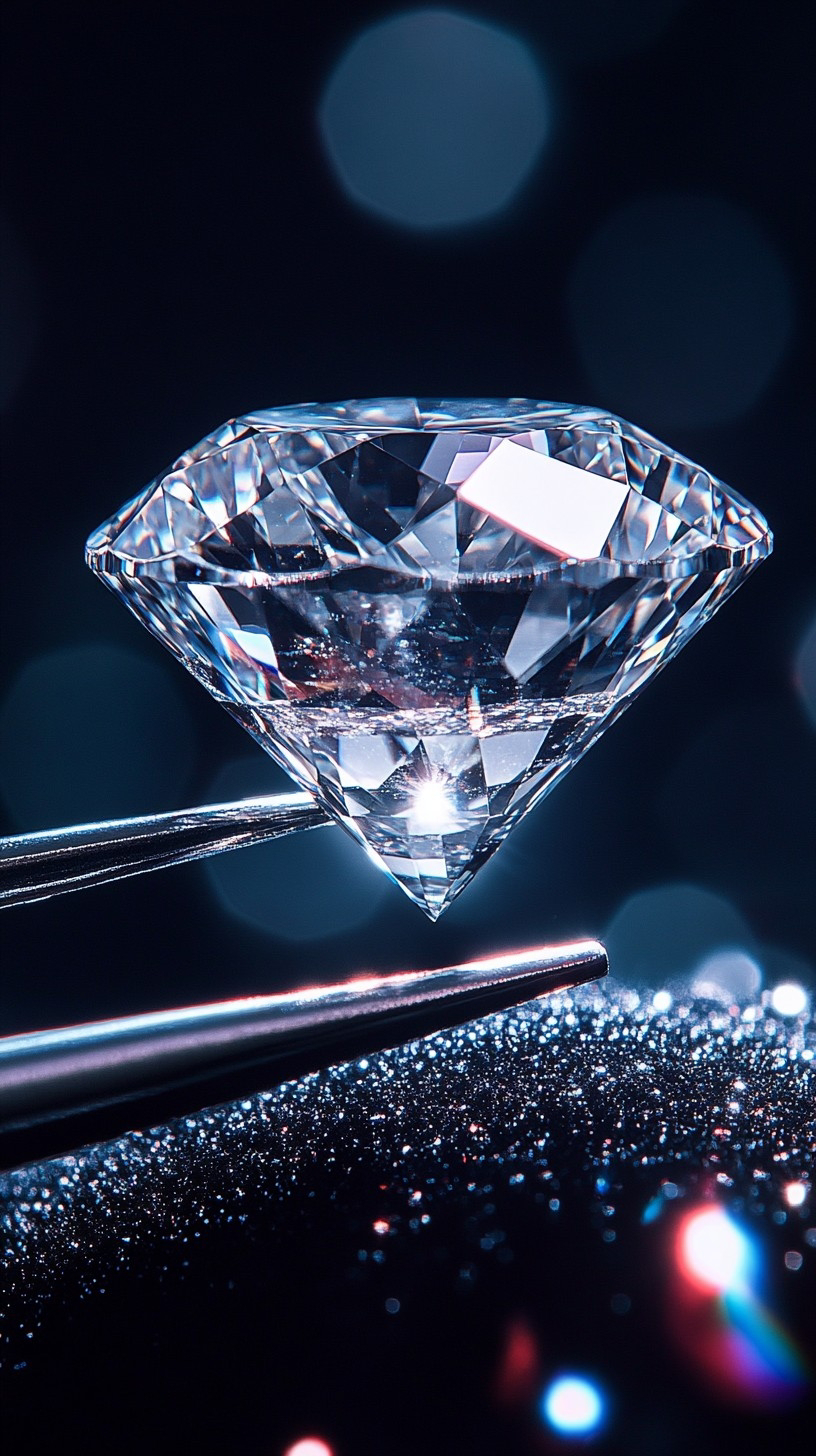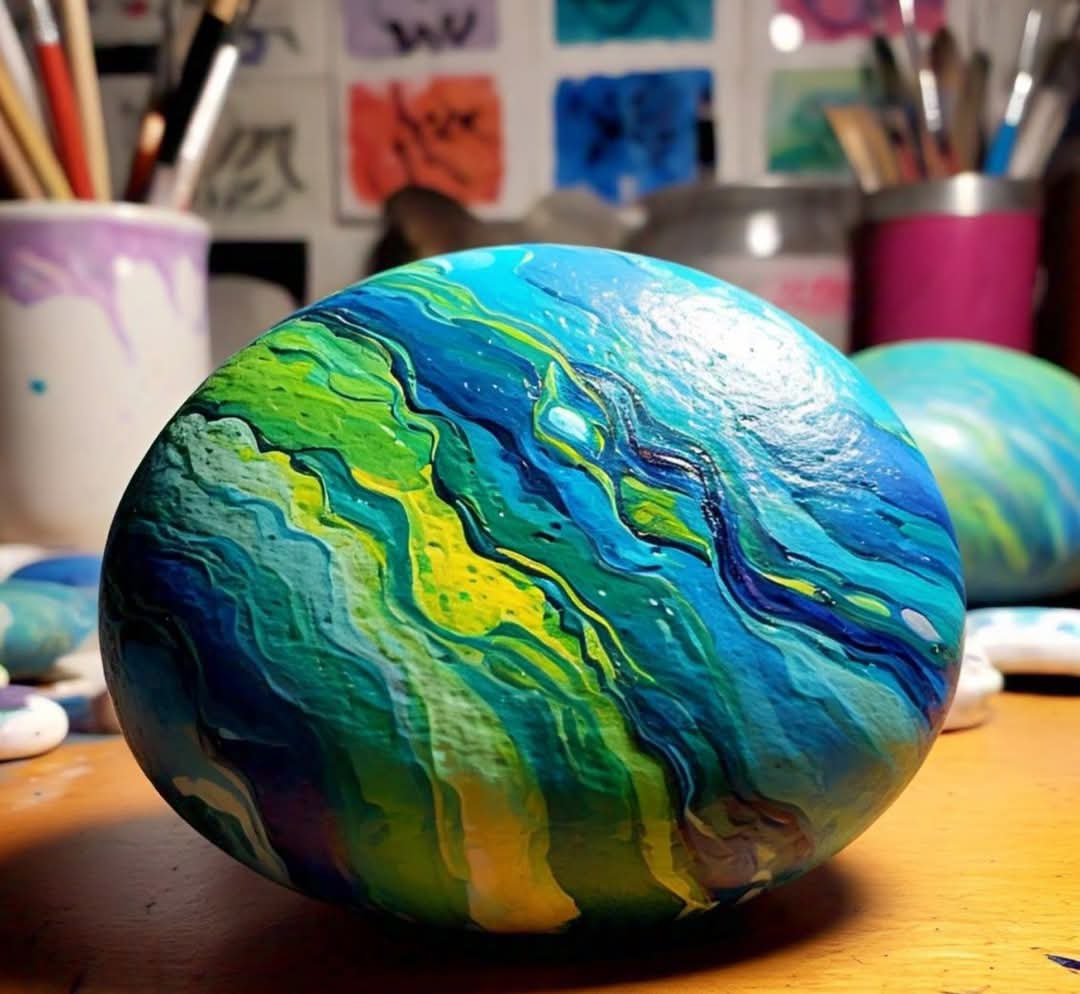Setting a Diamond into a Setting:
A Step-by-Step Guide
Setting a diamond into a setting can seem intimidating, but with the right tools and techniques, it can be a rewarding experience. In this article, we'll walk you through the step-by-step process of setting a diamond into a setting.
*Tools and Materials Needed*
- Diamond
- Setting (prong, bezel, or tension)
- Setting tools (prong pusher, bezel rocker, or tension tool)
- Loupe or microscope
- Diamond setting cement (optional)
*Step 1: Prepare the Setting*
Before setting the diamond, inspect the setting for any imperfections or debris. Clean the setting with a soft brush and mild soap solution. If necessary, use a setting file to smooth out any rough edges.
*Step 2: Measure the Diamond*
Measure the diamond to ensure it fits snugly into the setting. Use a loupe or microscope to measure the diamond's diameter, table size, and crown angle.
*Step 3: Position the Diamond*
Place the diamond into the setting, ensuring it's centered and aligned with the setting's prongs or bezel. Use a setting tool to gently push the prongs or bezel over the diamond, securing it in place.
*Step 4: Secure the Diamond*
Once the diamond is positioned, use a setting tool to secure it in place. For prong settings, use a prong pusher to gently push the prongs over the diamond. For bezel settings, use a bezel rocker to secure the bezel around the diamond.
*Step 5: Tighten the Setting*
Use a setting tool to tighten the setting, ensuring the diamond is securely held in place. Be careful not to overtighten, as this can damage the setting or diamond.
*Step 6: Inspect and Clean*
Inspect the setting and diamond for any imperfections or debris. Clean the setting and diamond with a soft brush and mild soap solution.






